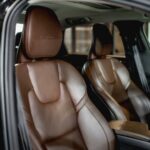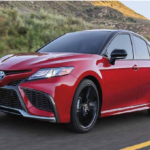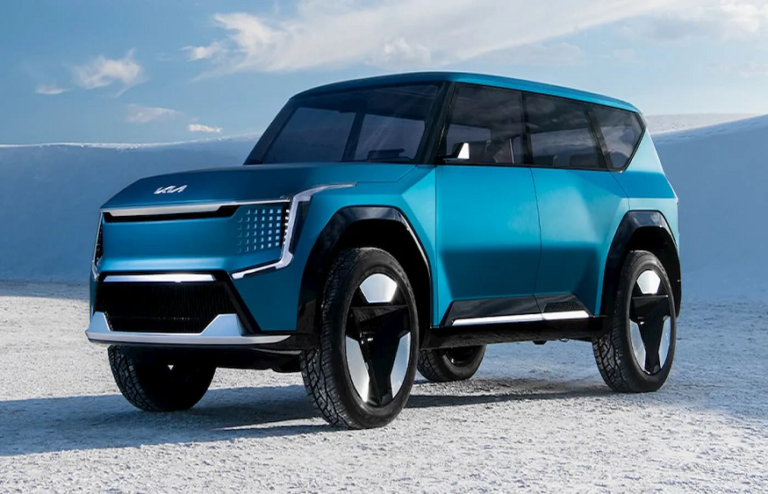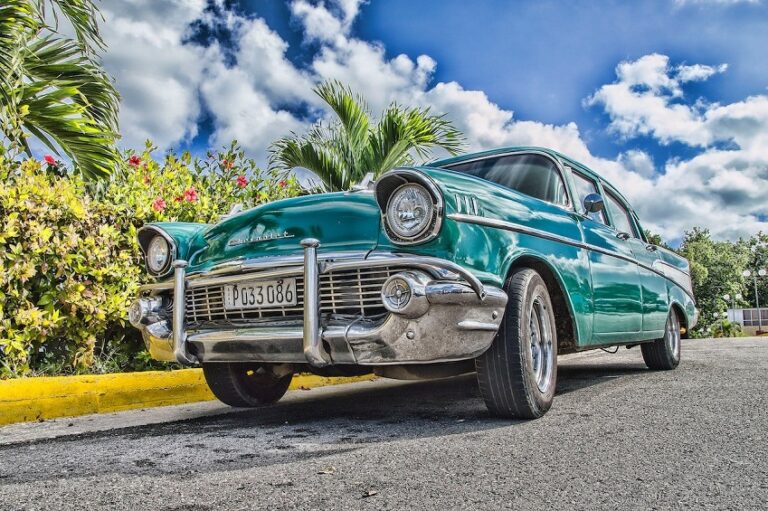SUV and Crossover cars have grown in popularity in recent years due to their unique styling and versatility on the road. However, it is important to understand the pros and cons of these types of vehicles before purchasing one. Here’s what you need to know about SUV and Crossover cars.
SUV and Crossover cars are two very popular types of vehicles in the automotive world. Although they may look similar, there are key differences between these two types of cars. Likewise, there are small crossovers as well as larger ones and the same for SUVs.
In this answer, we are going to look at the differences between an SUV and a Crossover and explain the features that set them apart. By understanding these differences, you will be able to choose the type of car that best suits your needs and lifestyle. Note that sometimes the border is very fine between one or the other.
Although the terms “SUV” and “Crossover” are often used interchangeably, there are key differences between the two types of vehicles.
Traditionally, SUVs (Sport Utility Vehicles) were larger off-road vehicles based on a truck platform. They had sturdier bodywork and were often equipped with towing and off-road capability. SUVs were generally taller, wider and heavier than standard passenger cars.
Here is the Top 3 SUV/CROSSOVER sales in France in January 2023:
Small SUV/CROSSOVER are in the spotlight with the Peaugeot 2008 and the Renault Captur II
In contrast, crossovers (or CUV, for Crossover Utility Vehicle) are built on a car platform, rather than a truck platform. They have a lighter and more aerodynamic body, offering a smoother ride and better fuel economy. Crossovers tend to be smaller than SUVs and are often used as an alternative to passenger cars.
However, it is important to note that the distinctions between the two types of vehicles tend to blur, as automakers have created many SUV/Crossover hybrids, which makes differentiating between the two types of vehicles more difficult. Thus, it is essential to check the specifications of the vehicle and test drive it to understand its real capabilities before making a purchase decision.
What are the similarities between an SUV and a CROSSOVER?
Although SUVs and crossovers are different in design and construction, they also share several similarities:
Raised ride height : Both types of vehicles have a higher ride height than passenger cars, providing better visibility on the road.
Space : SUVs and crossovers generally offer more interior space than passenger cars, making them practical for families and travelers.
Versatility : Both types of cars are often used for a variety of activities, including daily commutes, family trips, and off-road adventures.
All-wheel-drive options : Many SUVs and crossovers are equipped with all-wheel-drive (4-wheel drive), which allows them to better handle difficult driving conditions, such as snow and rough terrain. It is a wheel drive system that allows all of the vehicle’s wheels to receive power from the engine, rather than just the front or rear wheels.
Advanced technology : SUVs and crossovers are often equipped with many advanced technology features, such as sophisticated infotainment systems, rear view cameras, driving aids and heated seats. Elements that are also found in vehicles such as sedans, people carriers, etc.
Due to these similarities, it can sometimes be difficult to tell SUVs and crossovers apart, especially if you are unfamiliar with the specifications of each car model.
SUV or CROSSOVER: should you choose?
As mentioned earlier, today manufacturers offer hybrid vehicles between SUV and CROSSOVER. These are less imposing vehicles than conventional SUVs. They are more compact while maintaining a form of height and ability to take the most difficult roads.
Moreover, if you take a good look at the names of new SUVs, you will often notice that the word “cross” is present. For example: the Toyota Yaris Cross, the Citroën C5 Aircross or the Volkswagen T-Cross. At Renault, the difference no longer seems to be made: its Captur and Kadjar models are placed in the “SUV/crossover” category.


















+ There are no comments
Add yours